California’s wild landscape is home to a remarkable family of canines that have adapted to survive in diverse environments.
From urban-dwelling coyotes to the endangered kit foxes of the San Joaquin Valley, these wild relatives of our domestic dogs showcase incredible survival skills and behaviors.
Whether you’ve spotted them in your backyard or hiking through national parks, these cunning creatures have fascinating stories that reveal their importance to California’s ecosystem.
1. Coyotes Are Urban Survivors
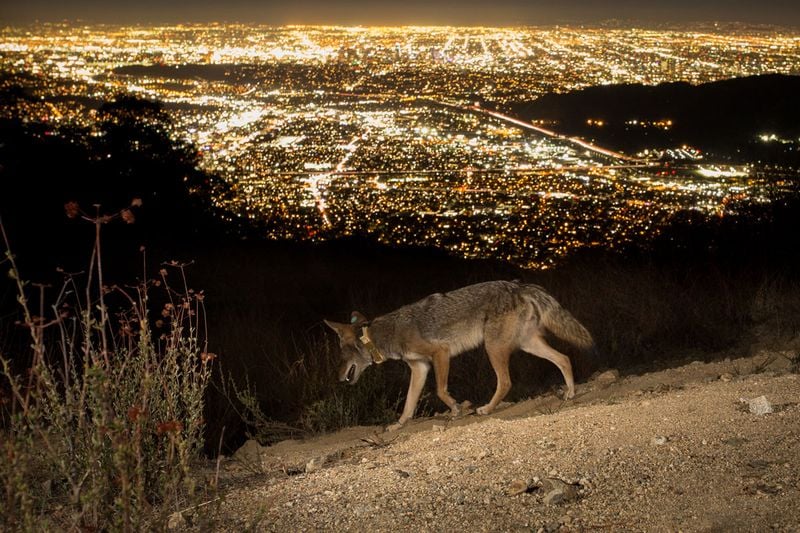
Masters of adaptation, coyotes have thrived in California’s cities while other wildlife retreated. These clever canines navigate concrete jungles with surprising ease, making homes in parks, golf courses, and even cemetery grounds.
Their diet in urban areas often includes rodents, fallen fruit, and yes, occasionally pet food left outdoors. Some city-dwelling coyotes have even learned to wait for traffic lights before crossing busy streets!
Despite being surrounded by humans, urban coyotes maintain primarily nocturnal schedules, helping them avoid confrontation while still hunting effectively.
2. Gray Foxes Are Tree Climbers
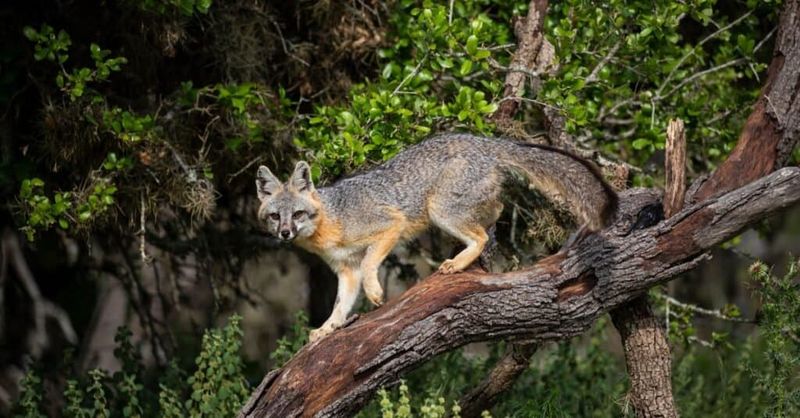
Unlike their canine cousins, gray foxes possess a superpower that leaves hikers doing double-takes – they can climb trees! With semi-retractable claws and flexible wrist joints, these woodland ninjas scale oaks and pines with cat-like agility, sometimes lounging on branches 20 feet above ground.
California’s oak woodlands provide perfect habitat for these remarkable climbers. When pursued by predators, they simply scamper upward to safety, leaving confused coyotes at the tree’s base.
Gray foxes even raise their young in tree hollows occasionally, creating nurseries safe from ground-dwelling threats. This unusual adaptation gives them a unique ecological niche that no other North American canid can claim.
3. Island Foxes Are Smaller Than House Cats
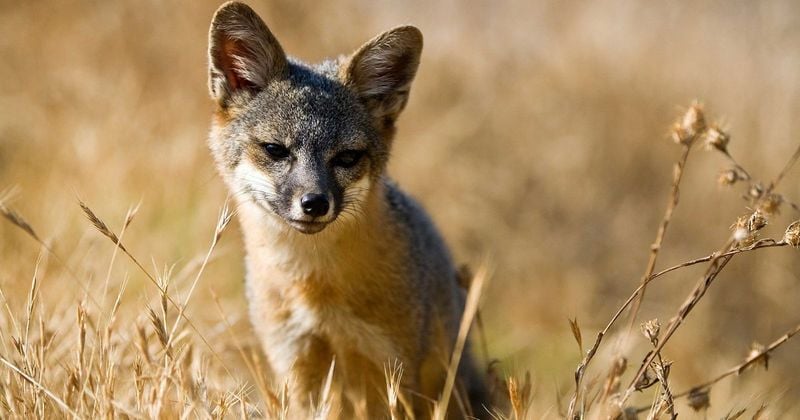
The adorable island fox, weighing just 4 pounds, could easily be mistaken for a stuffed animal. Native to California’s Channel Islands, these miniature hunters evolved in isolation, resulting in their diminutive stature.
Each island has its own subspecies with subtle differences in coloration and size. Their tiny bodies conserve energy on islands where resources can be limited. After nearly disappearing in the 1990s, conservation efforts brought these charismatic foxes back from the brink.
Despite their size, they’re fearless little hunters, catching insects, lizards, and small rodents with impressive precision. Walking the trails of Santa Cruz or Catalina Island, you might spot these pint-sized predators trotting confidently through their island kingdom.
4. San Joaquin Kit Foxes Are Tiny And Endangered
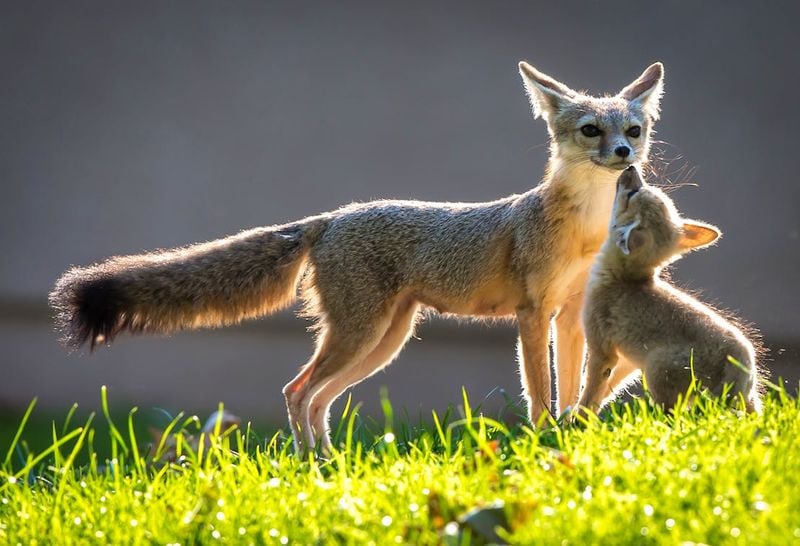
With ears that would make Yoda jealous, the San Joaquin kit fox navigates California’s central valley grasslands with style. Those massive ears aren’t just for show, they work as natural air conditioners, radiating body heat in the valley’s scorching summers.
Sadly, these charismatic canids face a housing crisis worse than San Francisco’s. Over 90% of their native habitat has disappeared under agricultural development and urban sprawl. Each fox family needs up to 1,200 acres of territory to thrive.
Night owls by nature, these foxes hunt after sunset and retreat to elaborate underground burrows during daylight hours. Their complex tunnel systems feature multiple entrances, emergency exits, and even separate bathroom chambers.
5. Coyotes Can Mate With Dogs

Nature’s genetic rebels, coyotes occasionally break species barriers by mating with domestic dogs, creating hybrids known as “coydogs.” While uncommon, these wild romances typically occur in areas where human development pushes the two species into closer contact.
Most hybrid offspring inherit a fascinating mix of traits: the wild instincts of coyotes combined with varied physical characteristics from their domestic parent.
Scientists studying these hybrids in California have found they often display unique behaviors, neither fully wild nor domestic.
6. Swift Foxes Are Rare In California
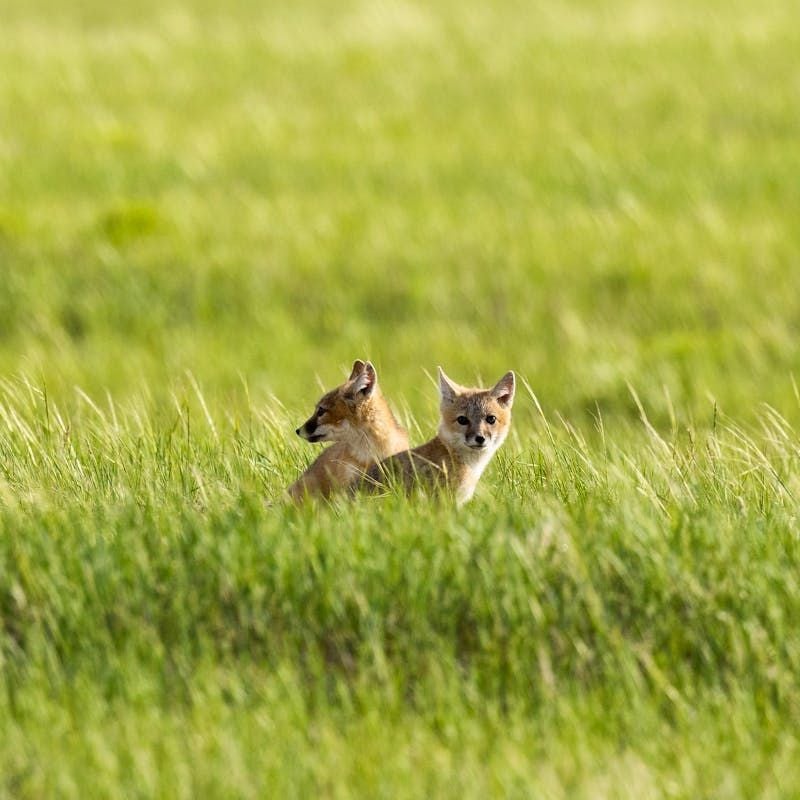
Blink and you’ll miss them! Swift foxes earn their name by reaching speeds of nearly 25 mph when chasing prey across open grasslands. These speed demons once roamed California’s northeastern corner but have become increasingly scarce sightings.
Morning joggers in rural areas occasionally report glimpses of these elusive canids. Their sandy-colored coats blend perfectly with California’s golden grasslands, making wildlife photography an exercise in patience and luck.
Family-oriented to the core, swift fox pairs often mate for life and share hunting and pup-rearing responsibilities equally. Unlike their coyote relatives who roam widely, swift foxes maintain year-round territories centered around their elaborate den systems.
7. Sierra Nevada Red Foxes Are Rare And Resilient
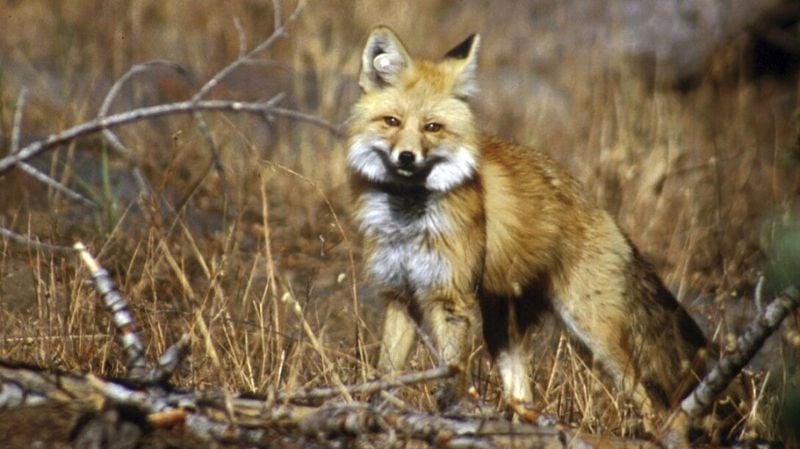
With fewer than 50 individuals remaining, spotting one is like winning a wildlife lottery! Their thick, luxurious fur turns brilliantly rusty-red in summer and slightly paler in winter. These mountain specialists have evolved unique adaptations for life at elevations above 7,000 feet.
Extra-furry paws act as natural snowshoes, allowing them to bound effortlessly across deep snowdrifts that would trap other animals. Camera traps occasionally capture these phantom foxes near Sonora Pass and Lassen Volcanic National Park.
Their extreme rarity prompted California to list them as threatened in 1980, but their remote habitat makes conservation challenging. Climate change now threatens these alpine specialists as warming temperatures push their habitat ever higher toward mountain peaks.
8. Coyotes Are Opportunistic Feeders
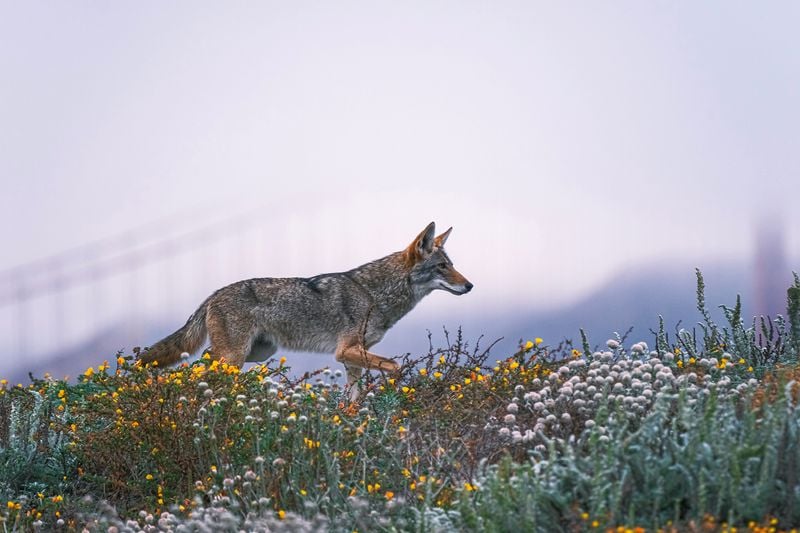
Calling coyotes picky eaters would be the understatement of the century! These culinary adventurers devour everything from mice to melons with equal enthusiasm. California coyotes have been documented consuming over 100 different food types, earning them the title of nature’s ultimate omnivores.
Seasonal menus shift dramatically throughout the year. Spring brings abundant rodents and rabbit kits, summer offers ripe berries and fallen fruit, while autumn sees coyotes gorging on grasshoppers and crickets by the hundreds.
Urban coyotes have even developed specialized diets: some Los Angeles packs derive nearly 25% of their calories from human food sources including compost, pet food, and yes, occasionally, that half-eaten burger someone tossed beside the trail.
9. Coyotes Have A Wide Range

From Death Valley’s scorching desert floor to the snowy peaks of Mount Shasta, coyotes have conquered virtually every California ecosystem. No other wild canid shows such remarkable adaptability across extreme environments!
Desert coyotes sport lighter coats and larger ears to dissipate heat, while their mountain cousins grow thicker fur for insulation against winter chills. Their physical differences reflect localized adaptations to California’s diverse climates.
Coastal populations feast on beached marine life and shore crabs, while forest-dwelling packs specialize in hunting squirrels and woodland rodents. Unlike wolves that require vast wilderness, these adaptable canids thrive in fragmented landscapes, including the concrete jungles of San Francisco and Los Angeles.
10. Gray Foxes Are Excellent Night Hunters
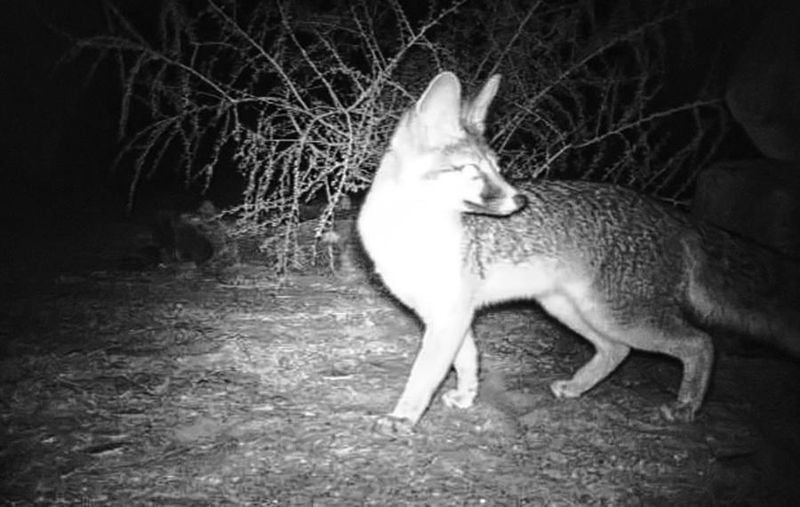
When darkness falls across California’s woodlands, gray foxes transform into silent hunting machines. Their night vision rivals the best military technology, allowing them to spot a scurrying mouse from 100 feet away in near-total darkness!
Unlike daytime hunters that rely primarily on sight, these nocturnal ninjas employ a multi-sensory approach. Their rotating ears can independently pinpoint the faintest rustle of movement, while sensitive whiskers detect air currents disturbed by prey.
Gray foxes often follow a precise schedule, visiting the same productive hunting grounds at nearly identical times each night. This clockwork precision gives them an edge over prey animals and showcases their remarkable intelligence.
